Thermal Infrared Imaging Drones For Solar
Good Faith Energy is one of the only solar and battery installations contractors in Texas using Thermal Drones for assessing damaged solar panels. Various industries have been using Infrared (IR) imaging technology for various purposes since the 1920s. IR camera technology allows users to see heat radiation that isn’t visible to a human’s naked eye. This is a major technological advantage that is used for improving safety and security, while also enhancing development in building infrastructure. The most common applications for IR imaging technology are for the military, emergency services, medical, and utilities.
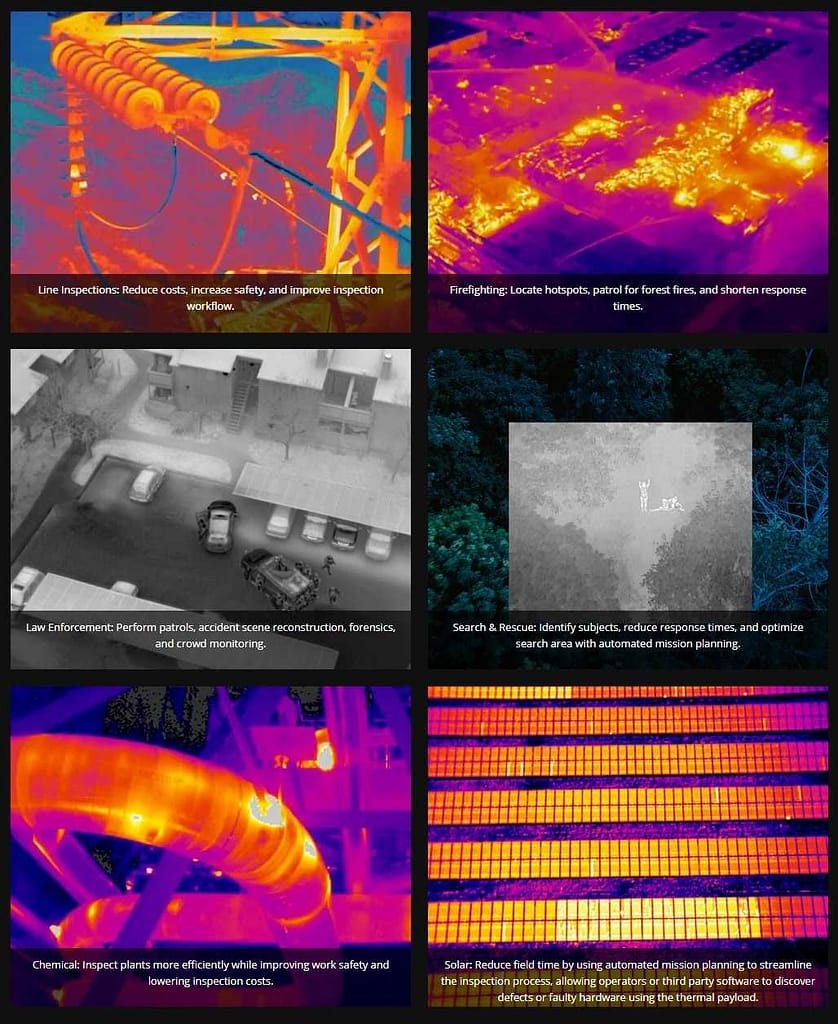
Utilities use IR imaging technology for maintaining infrastructure. When combined with drones, IR technology makes a significant impact on utility applications. The incorporation of thermal IR imaging cameras on drones provides a more effective inspection process compared to other prior methods.
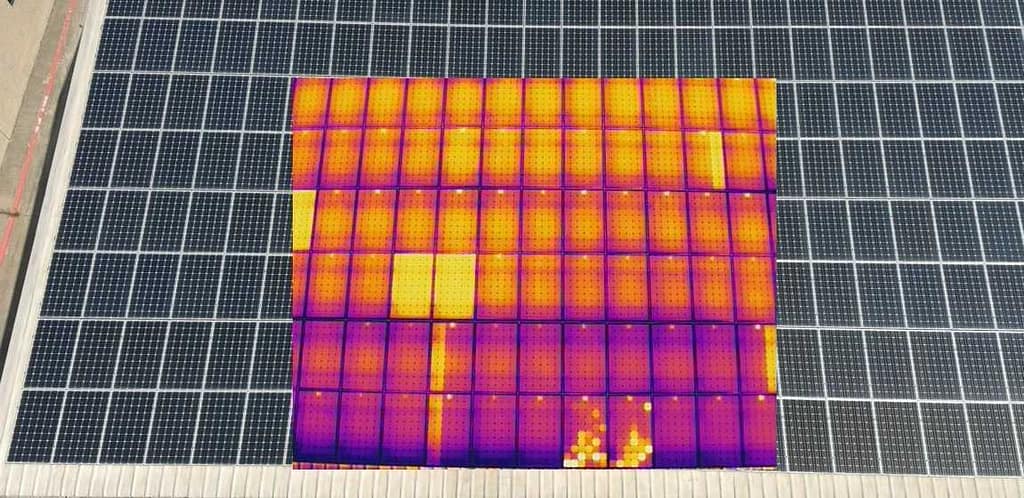
The adoption of IR drone technology in the solar industry was initially used for inspecting utility-scale solar farms. The drones cover more surface area and collect more information during an inspection, compared to a technician on the ground equipped with a handheld IR camera. Other prior solar panel inspection methods require a technician to physically access the solar panels for testing each module.
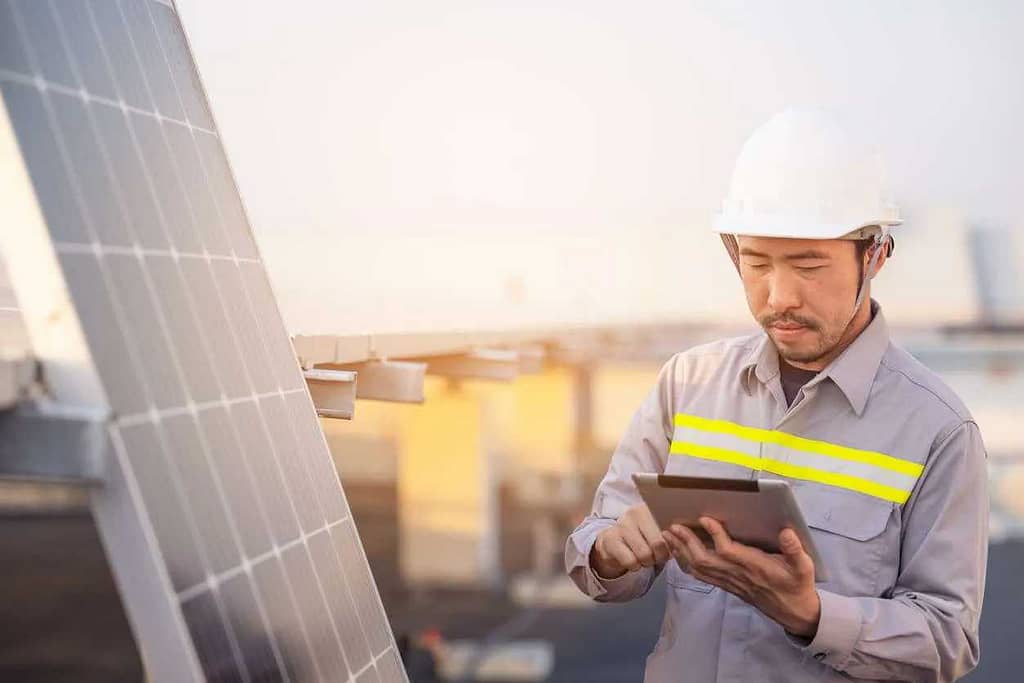
Solar Panels VS Hail
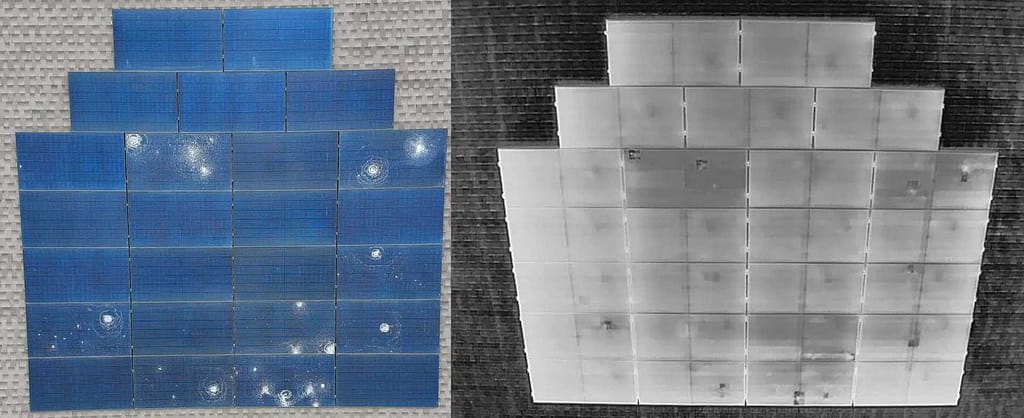
Engineers design solar panels to withstand various weather and environmental conditions. However, they can be susceptible to damage caused by large hailstones, or other debris that impact solar panels during a storm. After a hail storm, it is usually easy to see the damage done by broken or shatter glass, dents on metal, or even broken branches and leaves all over the ground. Solar cells can rupture and break beneath the surface glass even if damage is not apparent with an exterior shatter or crack.
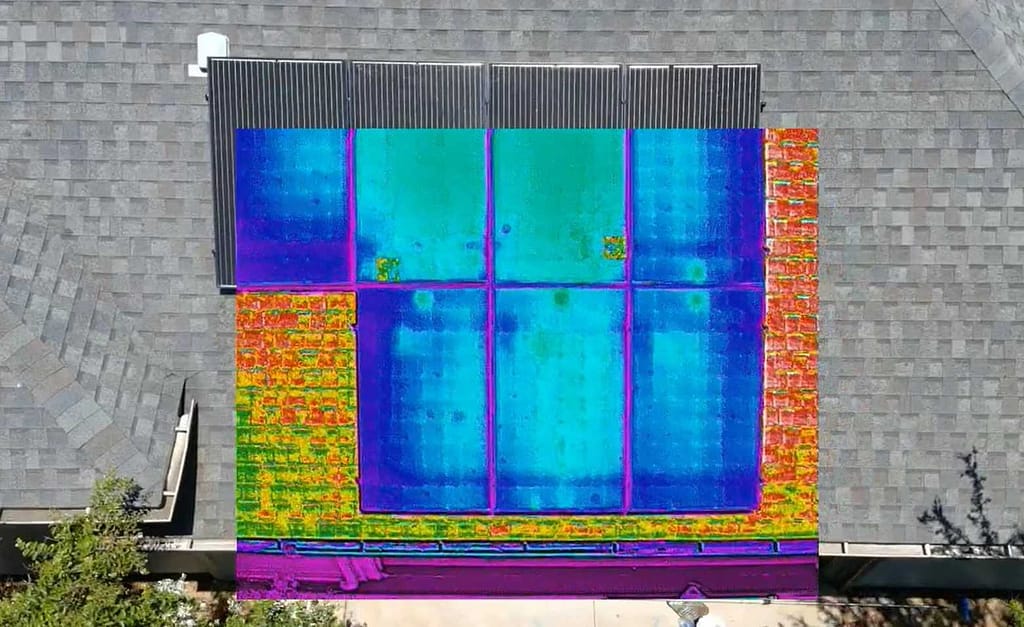
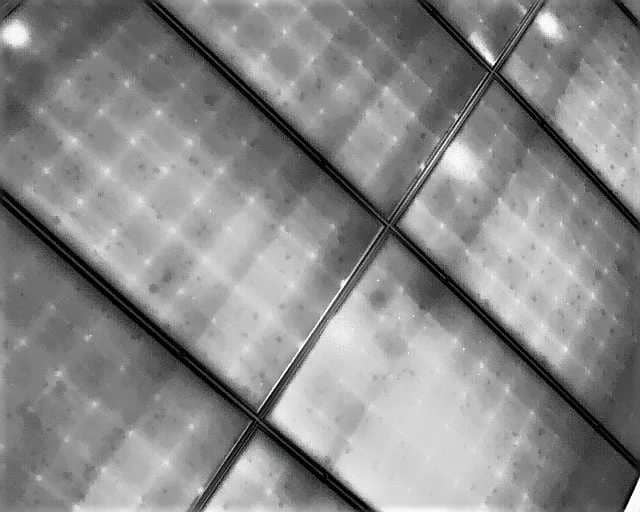
Hailstones over 1” inch can cause damage that affects the performance and efficiency of the solar panels. Hailstone impact ruptures solar cells causing them to short-circuit. Therefore the solar panel as a whole, will not be able to produce electricity as efficiently. These short-circuited ruptured cells produce more heat than non-broken solar cells. A drone’s IR camera can detect the heat difference between solar cells.
Value of Thermal Drones In Solar
Solar asset owners rely on long-term energy production to get an ROI and save money on their electric utility bills. The use of IR drones by the installation company brings value to those solar owners by being able to inspect the solar production performances of the panels. Detecting damages and defects on panels early allows us to address and resolve production losses before significant revenue is lost. If we don’t detect and resolve damages and defects, owners will likely pay more for electricity from the grid because their system isn’t producing energy effectively.
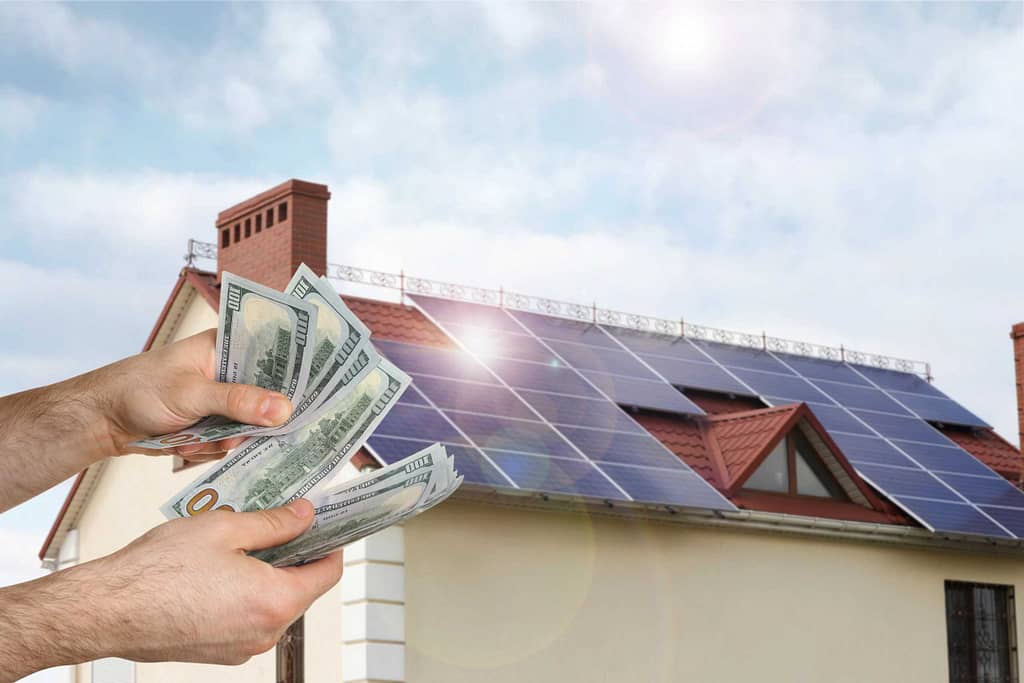
The adoption of IR drone technology in the residential solar space is very valuable, as the majority of the solar panels installed in Texas are on the roofs of houses. Homeowners who need an inspection by insurance after a hail storm should consider using IR imaging to inspect their panels. The insurance company will cover storm damages under the homeowner’s insurance policy, therefore if IR imaging detects damages, the insurance is responsible for compensating for replacement. The insurance adjuster might not see these damages, so providing proof of unseen damages on the panels will help ensure the homeowner’s policy covers all damages. After assessment of damages, the system can produce energy as originally expected, and homeowners can then rest assured that they will maintain their ROI and savings from going solar!
Schedule Today for a Thermal Drone Inspection!
Fact checked by Jacob Petrosky – 4/26/2024